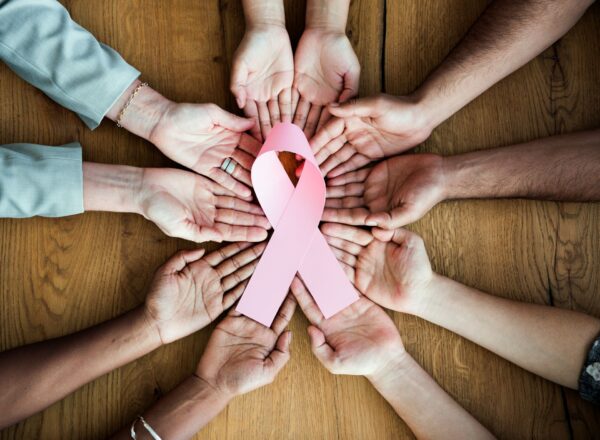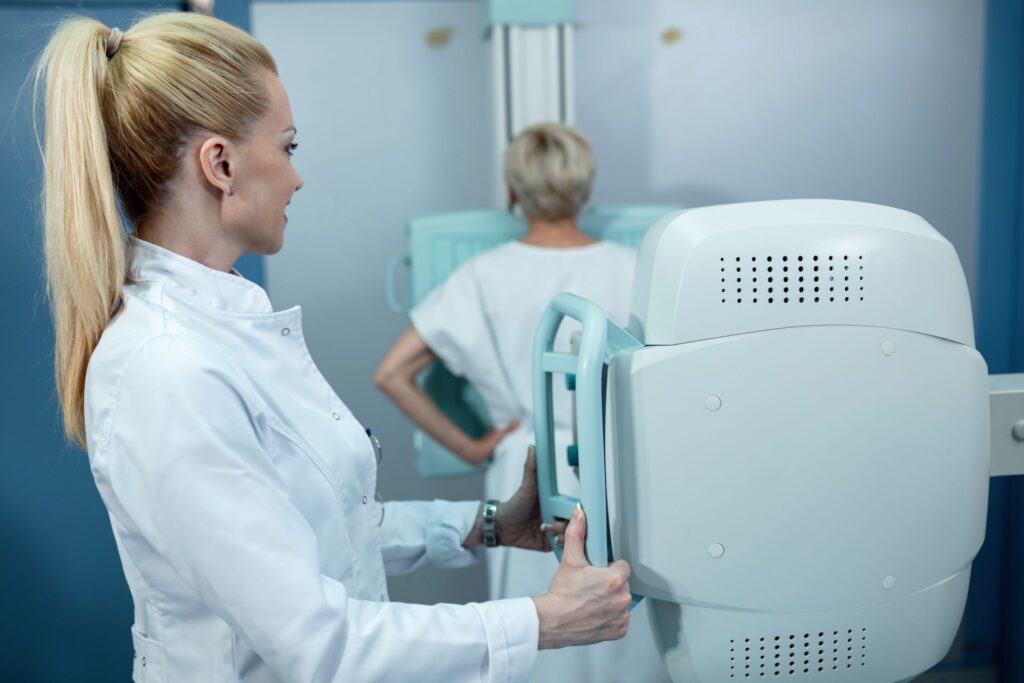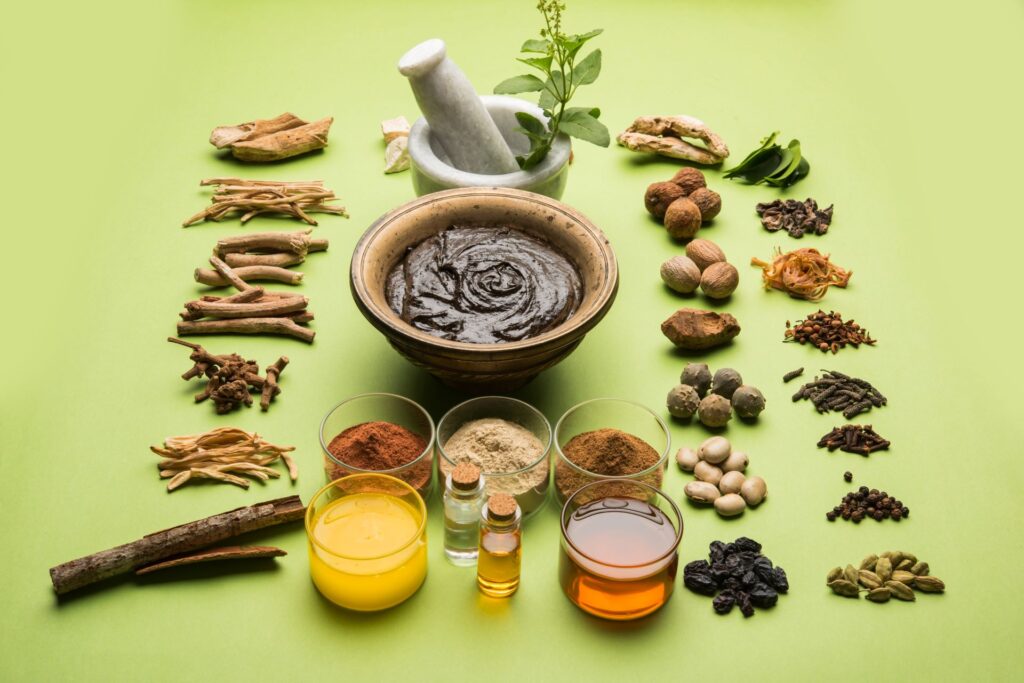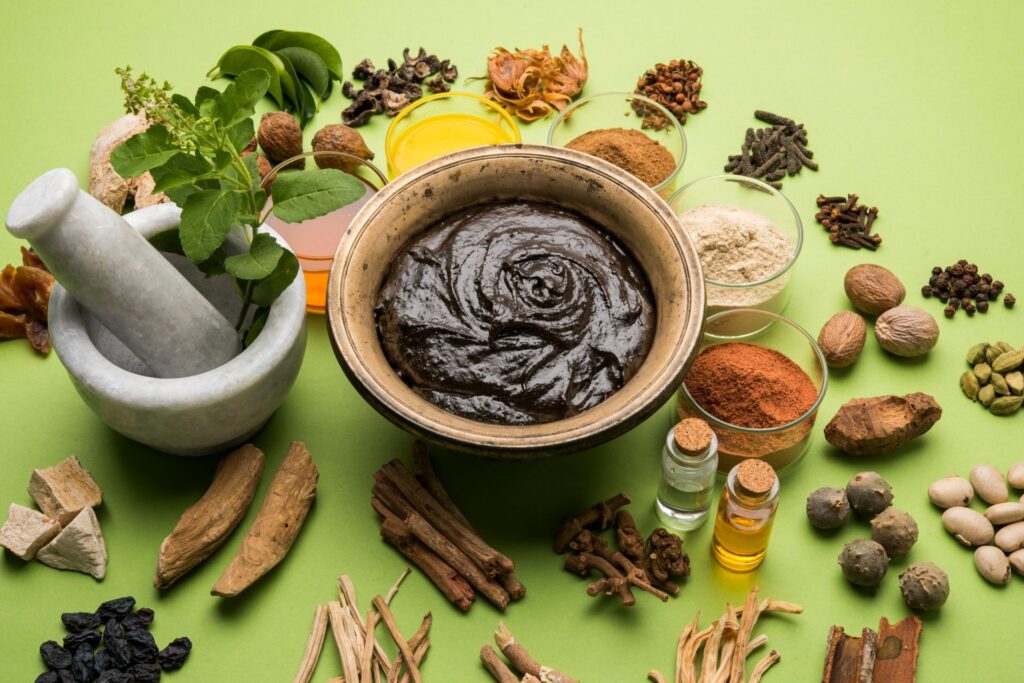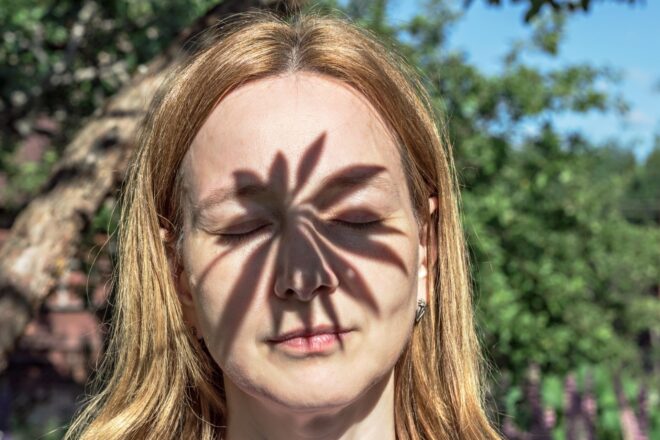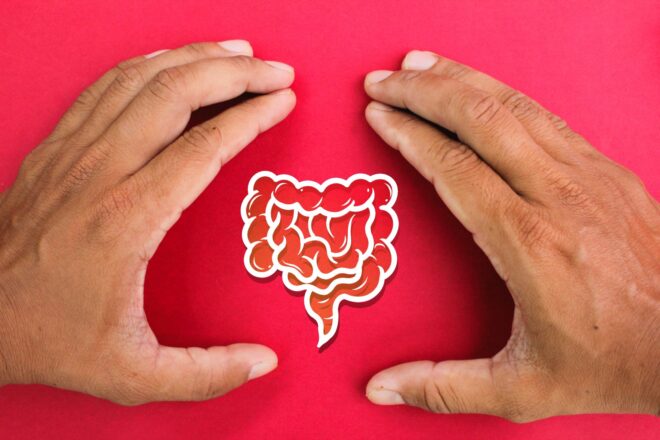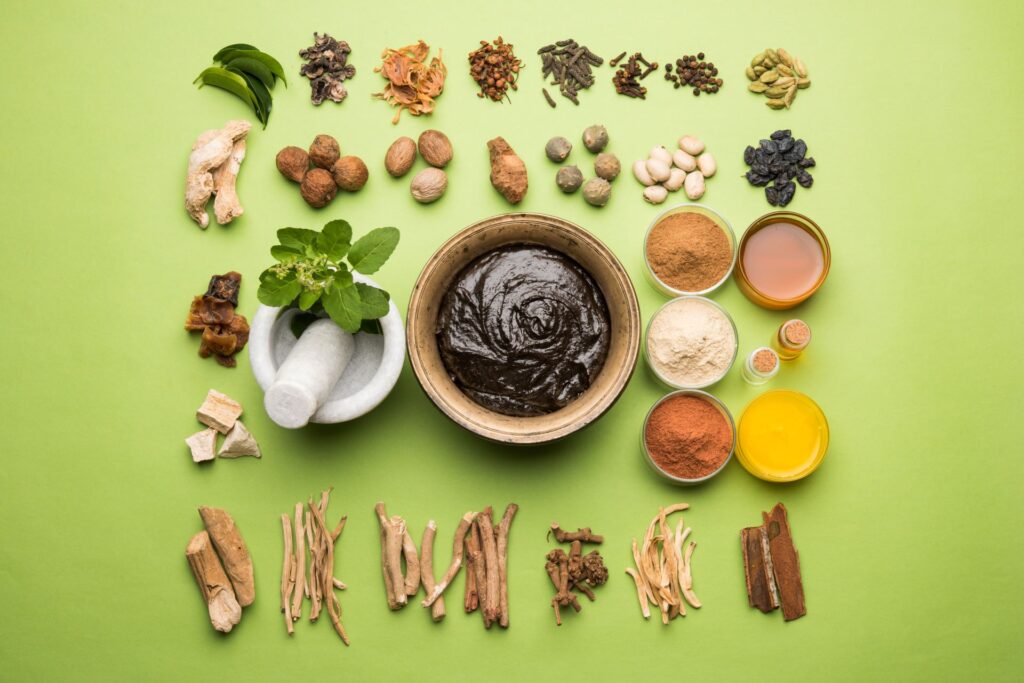Breast Cancer s a type of cancer that originates in the tissues of the breast and is one of the most common cancer diagnosed globally. Breast Cancer affects millions of women globally but few cases also are found among men’s. Early detection and prompt treatment through combination of treatment modalities can significantly result in better prognosis.
Generally family history of genetic mutations BRCA1/BRCA2 can be a causative factor behind breast cancer. In the current era, smoking, obesity, prolonged alcohol consumption, and sedentary lifestyle can also significantly contribute to the increased incidence of breast cancer. The risk of breast cancer also does increases with increasing age.
What are the signs and symptoms of breast cancer/What are early signs of breast cancer?
The signs and symptoms of breast cancer are variable among individuals but certain common factors is mentioned below:
A. Early signs of breast cancer
1) Lump or Masses:
Appearance of new lump or thickening in the breast or the armpit can be early sign of breast cancer. This lump or thickening in the breast may not respond to the conventional line of treatment and can even gradually increase in size and may become tender. This lump may feel hard and irregular in shape.
2) Changes in Breast Size and Shape:
Breast Cancer can be evident by unexplained change in the size and shape of one breast compared to other.
3) Skin Changes:
Changes in the skin in breast cancer can be evident by dimpling or puckering of the skin over the breast. This can resemble an orange peel, known as peau d’orange. This can also be evident by redness, scaling or irritation of the skin over the breast.
4) Nipple Changes:
TBreast Cancer can be evident by inverted nipples or pulling inwards of nipples instead or outwards. Breast cancer can also be evident by discharge in the nipple. This discharge can be clear, yellow or bloody in nature.
5) Pain and Tenderness:
TExperience of persistent pain or tenderness or gradual increase in the breast can be early sign of breast cancer. This pain or tenderness does not vary with menstrual cycle.
TAdvanced Symptoms (If Cancer Spreads):
1) Unintended weight loss: Loss of more than 10% of weight even after not intending to do so.
2) Bone Pain: If the breast cancer cells metastasize to the bones (pelvis, vertebras etc.) then it can lead to bone pain.
3) General fatigue or weakness: Persistent feeling of general fatigue or weakness can be sign of systemic spread of breast cancer. The sensation of fatigue or weakness does not resolve even after adequate rest.
TIt is most important to note that the above mentioned symptoms can be present in many other health conditions, and does not necessarily means that you have developed breast cancer. It is strictly advisable to consult your health care professional for appropriate diagnosis.
Treatment of Breast Cancer through Ayurveda
Dr. Ravi Gupta is an experienced Ayurveda Cancer Consultant and he believes in integrating traditional Ayurvedic principles with modern era holistic principles for the treatment of breast cancer. He strongly believes that imbalance in the doshas (Vata, Pitta, and Kapha) is the root cause of breast cancer.
So his treatment approach is toward treating the root cause of disease i.e imbalance in the doshas through different treatment modalities. He believes in detoxifying the body and boosting the immune system of breast cancer patients to improve overall well-being and survival.
Key Aspects of Dr. Ravi Gupta’s Ayurvedic Breast Cancer Treatment
A) Herbal medicine for Breast Cancer Treatment:
Dr. Ravi Gupta, Ayurveda Cancer Consultant advises natural and traditional Ayurvedic herbs that proves extremely beneficial in breast cancer patients. These Ayurvedic herbal formulations are tailored as per patients individual doshic constitution and the doshas involved behind the causative of breast cancer.
1) Ashwagandha (Withania somnifera): It enhances the immune response in breast cancer patients and further reduce stress and anxiety.
2) Curcumin (Turmeric): It is well-known for its anti-cancer and anti-inflammatory properties.
3) Guduchi (Tinospora cordifolia): Guduchi detoxify the body and boost immunity in breast cancer patients.
4) Triphala: It helps in improving digestion in breast cancer patients and further helps in detoxification.
B) Panchakarma and Detoxification:
Dr. Ravi Gupta, Ayurveda Cancer Consultant advises multiple Panchakarma or Detoxification Therapies that prove extremely beneficial in Breast Cancer patients. These Panchakarma or Detoxification therapies are:
1) Virechana (Purgation Therapy): Virechana helps to clear toxins and balance doshas in the body.
2) Basti Therapy (Enema Therapy): Basti helps to balance the vata doshas and removal of mala or dustha doshas from the body.
3) Raktamokshana (Bloodletting): Bloodletting or Raktamokshana helps to cleanse dustha raktha from the body, and reduce swelling and inflammation in the body.

C) Rasayana Therapy (Rejuvenation Therapy):
Rasayana Therapy is well known for its rejuvenation benefits and improving vitality is breast cancer patients. Rasayana therapy also helps to improve quality in breast cancer patients and so focuses on strengthening the body.
Certain well known Rasayana Herbs and Formulations that are readily available and proves extremely beneficial in breast cancer patients are Chyawanprash Avaleha, Brahmi Vati, and Amalaki Rasayana proves extremely beneficial.
D) Lifestyle Adjustments:
Dr. Ravi Gupta, Ayurveda Cancer Consultant advises daily yoga and meditation in breast cancer patients. This helps to reduce stress and anxiety in breast cancer patients. Daily pranayama in breast cancer patients helps to boost oxygenation and improve cellular health in breast cancer patients.
For treatment of Breast Cancer through Ayurveda, Kindly call +91 – 9819274611.

